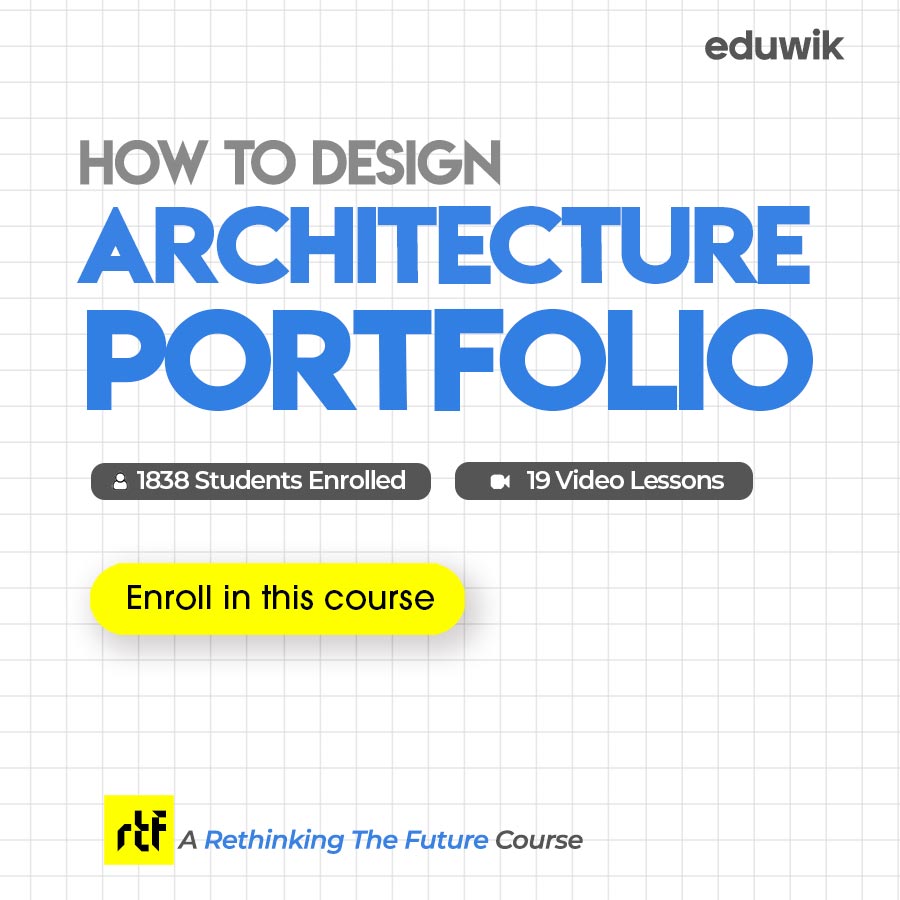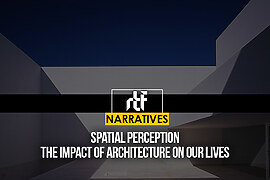The architectural curriculum is a laborious process, this is something that people both in and outside the field know about. It requires serious commitment, perseverance, and sometimes, complete detachment from the world outside of your studio which often leads to your friends and family accusing you of being distant. Juggling between submissions, traveling, and extra-curricular work we hardly manage to get time for ourselves but even amongst the chaos, you realize how you are always yearning for more, and that is what I think, keeps most of us engaged in the field.
Summing up the entire journey through architecture school so far and what I have learned from it, is a challenge in itself because of its perplexing nature. Right from the first year, you realize that the course has so much more to it than merely designing spaces; it involves innumerable tangible and intangible aspects, it is about exploring, making mistakes, and learning from them in addition to finding yourself along the way.
Here’s a list of some of the most important lessons I have learned in architecture school so far:
Never be preoccupied with the outcome

In an endeavor to give our best and get overwhelmed by our work, we tend to have certain expectations and the need to seek validation, after all the time and hard work spent on it, it is natural to do so. But in that practice, the process is often neglected and given lesser credit than it deserves. In fact, it is very important to be process-oriented rather than product-driven. It is good to be competitive but the main focus should be on self-growth. If at the end of the day, you feel that you have given your all and have learned something new, it is an achievement, do not let the results tell you otherwise, in case the results turn out well, it is a bonus.
Analytical and design thinking
I remember the first design brief we were introduced to, in the first year and how I had no idea how to go about it. I went through it several times, searched more in-depth about it, and each time I did that, I found a new underlying meaning to it. That was the first lesson I learned about design thinking; to read the problem, go through it multiple times, gather more information, analyze it and then come up with plausible solutions and approaches towards it.
Accumulating knowledge methodically

I think one of the most important things I have learned is that for every problem, thorough research, reading, and gathering data is necessary but at the same time, it is even more important to know how to analyze the data, understand what to infer from it and assimilate the knowledge efficiently. The process can be overbearing but once you are conceptually clear, the process ahead is less daunting.
Presenting your work and accepting criticism

I remember the first week of architecture school, we had an impromptu extempore where we would be given a random topic and had to speak about it, I realized that it was the first time of many more times to come. Speaking about your work doesn’t just help communicate your design better but also helps you understand the points where you’re lacking. I’ve always felt more nervous when I am not confident about my work but it has only driven me to work more on it and do better.
The same goes with design juries, your job is to present your work whereas the juror’s job is to review the process and give constructive criticism. It is natural to feel disheartened after a bad critique but it is important to embrace the criticism positively and move forward.
Integrating theoretical and technical knowledge with design Architecture is a multidisciplinary field. Right from the first year, we are taught multiple subjects ranging from environmental studies, construction and services to history, and theory of architecture apart from design-related subjects.
Although the latter is given more importance, the practice ahead requires working knowledge of all these subjects. Over the course of years along with site visits and on-field work experience, you learn to integrate theory and technical knowledge with your design.
Collaborative learning

Architecture is not a one man’s job, in fact, it is a field where you have to work with people constantly, whether it is your colleagues, people from other professions, or your clients. Architecture school involves a lot of group projects, competitions, and workshops where you have to work with your peers with whom you may or may not have worked with before.
The experience of working together as a team is very beneficial; you do not just get to learn from each other but it also helps you improve your work and pushes you to do better. There are always going to be inconveniences, lots of debates and discussions but in the end, if you work together despite the differences to achieve the end goal you are one step ahead towards becoming a better team member.
Do not be afraid to explore
Every once in a while, one should step out of their comfort zone and explore new options and possibilities. Doing something radical and out of the box can be challenging and impose risks but more often than you think, the efforts put in it, and the approach is appreciated. More importantly, the fact that you tried to attempt something new and learned from it, is more fruitful than playing safe to please everyone. Trust your intuition and work towards it.
Architecture school has changed the way I look at the world, it has made me come out of my shell and widen my horizon. The journey so far has been extremely unpredictable but it has taught me a myriad of life lessons and has helped me grow as a person.






















